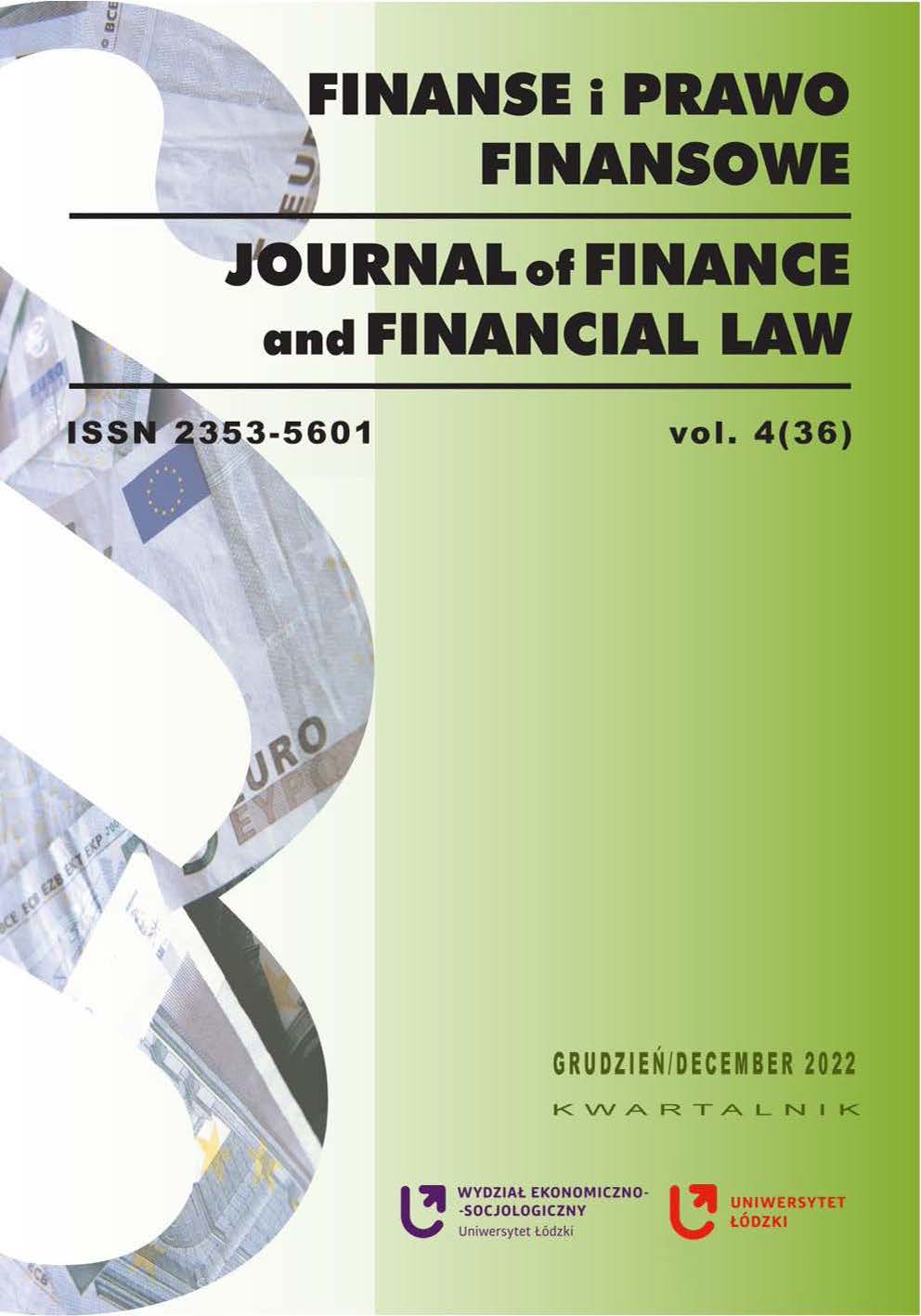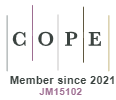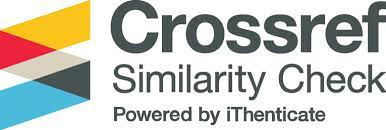International Liquidity Standards as Complementary Measures for Bank and Banking Sector Security
DOI:
https://doi.org/10.18778/2391-6478.4.36.01Keywords:
bank, security, liquidity standards, Polish listed banks, liquidity ratio, bank safetyAbstract
The purpose of the article is to assess the security of Polish listed banks and the entire banking sector in terms of their liquidity. This article characterizes the liquidity of the Polish banking sector and Polish listed banks in the years 2009–2019.
Methodology. The analysis was based on post-crisis LCR and NSFR liquidity ratios. The calculations used the financial data provided by the Bank Focus database, the Polish Financial Supervision Authority and consolidated financial statements of Polish listed banks. To achieve the set objective were used methods of comparing documents and legal acts (especially in the part of the article concerning the characteristics of the international standards of liquidity) and the methods of descriptive statistics (in the empirical part of the article).
Results of the research. The above analysis is the basis for the verification of the hypothesis that international liquidity standards increase the level of security of Polish listed banks and the entire banking sector.
Downloads
References
Bank Focus Database, https://www.bvdinfo.com/en-us/our-products/data/international/bankfocus [dostep 01.03.2020].
Google Scholar
Chaikovska, I. (2019a). Regulacje finansowe Unii Europejskiej w okresie pokryzysowym a działania dyscyplinujące nadzoru bankowego. Głos Prawa. Przegląd Prawniczy Allerhanda, 1(3).
Google Scholar
Chaikovska, I. (2019b). Zasada zapewnienia zgodności i działania dyscyplinujące organów nadzoru bankowego w okresie pokryzysowym. Bezpieczny Bank, 3(76).
Google Scholar
Flotyński, M. (2017). Wskaźnik stabilnego finansowania netto (NSFR) a zmiany w strukturze aktywów i pasywów banków. Studia Ekonomiczne. Zeszyty Naukowe Uniwersytetu Ekonomicznego w Katowicach, 325.
Google Scholar
Gennotte, G. and Pyle, D. (1991). Capital Controls and Bank Risk. Journal of Banking and Finance, 15(4–5). http://dx.doi.org/10.1016/0378-4266(91)90101-Q [dostęp 15.09.2021].
Google Scholar
DOI: https://doi.org/10.1016/0378-4266(91)90101-Q
Hałaj, G. (2008). Przegląd metod badania płynności banków. Bank i Kredyt, lipiec.
Google Scholar
Informacja na temat sytuacji sektora bankowego w 2020 roku (2021). Komisja Nadzoru Bankowego, https://www.knf.gov.pl/knf/pl/komponenty/img/Informacja_na_temat_sytuacji_sektora_bankowego_w_2020_roku.pdf [dostęp 10.08.2021].
Google Scholar
Iwanicz-Drozdowska, M. (2012). Regulacje nadzorcze a zarządzanie ryzykiem. W: M. Iwanicz-Drozdowska, red., Zarządzanie ryzykiem bankowym. Warszawa: Wydawnictwo Poltext.
Google Scholar
Koleśnik, J. (2014). Regulacyjne miary płynności w bankach jako dopełnienie miar adekwatności kapitałowej. Zeszyty Naukowe Uniwersytetu Ekonomicznego w Krakowie, Zeszyty Naukowe UEK, 10(934).
Google Scholar
DOI: https://doi.org/10.15678/ZNUEK.2014.0934.1006
Kuligowska, A. (2019). Zarządzanie ryzykiem płynności i ryzykiem stopy procentowej w księdze bankowej w banku spółdzielczym, KNF. https://www.knf.gov.pl/knf/pl/komponenty/img/Prezentacja%20CEDUR%2031-07-2019_66875.pdf [dostęp 23.09.2021].
Google Scholar
Liquidity Coverage Requirement Delegated Act. Frequently Asked Questions (2014). European Commission. https://ec.europa.eu/commission/presscorner/detail/en/MEMO_14_579 [dostęp 16.06.2021].
Google Scholar
Matz, L. and Neu, P. (2007). Liquidity risk measurement and management: A practitioner’s guide to global best practices. Singapore City: Wiley Finance Series, Wiley&Sons.
Google Scholar
DOI: https://doi.org/10.1002/9781118390399
Niedziółka, P. (2012). Perspektywy wdrożenia międzynarodowych norm płynności dla banków, Szkoła Główna Handlowa. https://journals.pan.pl/Content/87339/mainfile.pdf [dostęp 10.06.2021].
Google Scholar
Oleszko, M. i Mogilnicki, P. (2010). Zarządzanie płynnością banku oraz firm inwestycyjnych w sytuacjach. Eforum Bankowość i Finanse, lipiec. https://nmf.knf.gov.pl/Microportals/NMF/Images/ryzyko_plynnosci_tcm74-23540.pdf [dostęp 18.06.2021].
Google Scholar
Raport o stabilności systemu finansowego. Wydanie specjalne: skutki pandemii COVID-19 (2020). Narodowy Bank Polski, czerwiec 2020 r. https://www.nbp.pl/systemfinansowy/rsf062020.pdf [dostęp 05.05.2021].
Google Scholar
Raport o sytuacji banków w 2015 r. (2016). Komisja Nadzoru Bankowego, https://www.knf.gov.pl/knf/pl/komponenty/img/RAPORT_O_SYTUACJI_BANKOW_2015_47215.pdf [dostęp 10.07.2021].
Google Scholar
Rozporządzenie (CRR) Parlamentu Europejskiego i Rady (UE) nr 575/2013 z dnia 26.06.2013 r. w sprawie wymogów ostrożnościowych dla instytucji kredytowych i firm inwestycyjnych.
Google Scholar
Skonsolidowane sprawozdanie finansowe Grupy Kapitałowej Getin Noble Bank SA za rok zakończony dnia 31 grudnia 2018 roku (2019), https://www.gnb.pl/ [dostęp 19.07.2021].
Google Scholar
The Liquidity Coverage Ratio and Liquidity Risk Monitoring Tools (2013). Bank of International Settlements, Basel Committee on Banking Supervision.
Google Scholar
The Net Stable Funding Ratio, Consultative Document Basel III (2014). Bank for International Settlement (BIS), Basel Committee on Banking Supervision.
Google Scholar
Zygierewicz, M. (2016). Charakterystyka wymogów płynnościowych. W: M. Marcinkowska, P. Wdowiński, red., Wpływ regulacji kapitałowych i płynnościowych sektora bankowego na wzrost gospodarczy Polski. Łódź: Wydawnictwo Uniwersytetu Łódzkiego.
Google Scholar
Downloads
Published
How to Cite
Issue
Section
License

This work is licensed under a Creative Commons Attribution-NonCommercial-NoDerivatives 4.0 International License.














